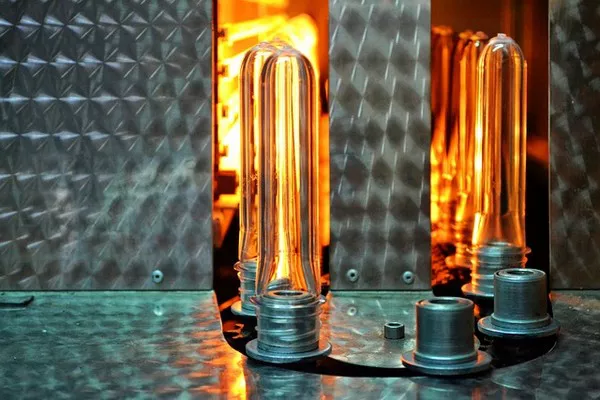In industrial settings and residential environments alike, electrical equipment with exposed parts is a common sight. However, ensuring the safety of personnel and the smooth functioning of electrical systems demands diligent protection through proper guarding measures. This article aims to explore the purpose and significance of guarding electrical equipment with exposed parts, emphasizing the necessity for adherence to safety standards to mitigate potential hazards.
The Role of Guarding Electrical Equipment
Electrical equipment with exposed parts, such as switchboards, control panels, and circuit breakers, pose inherent risks to individuals operating or maintaining them. The purpose of guarding such equipment is to prevent accidental contact with live parts, which can lead to electric shock, burns, or other severe injuries. In addition to safeguarding personnel, proper guarding also serves to shield the electrical components from physical damage, environmental elements, and unwanted interference, ultimately enhancing the longevity and reliability of the equipment.
Mitigation of Electrical Hazards
Electrical hazards are a prominent concern when dealing with exposed electrical equipment. Without adequate guarding, the risk of electrical shock or arc flash incidents significantly increases. An arc flash is a sudden release of energy caused by a fault or short circuit, producing an intense flash of light and heat that can cause extensive damage and injury. Guarding electrical equipment with protective enclosures, barriers, or interlocking mechanisms can substantially reduce the likelihood of such incidents, minimizing potential harm to personnel and property.
Adherence to Safety Regulations
The guarding of electrical equipment is not a matter of mere preference but rather a legal and regulatory obligation in most jurisdictions. Various standards, such as the National Electrical Code (NEC) in the United States, IEC standards in Europe, and other local regulations worldwide, mandate specific guarding requirements for electrical equipment with exposed parts. Adherence to these standards ensures that installations are compliant with safety norms and best practices, providing a legal safeguard for businesses and individuals alike.
Protection Against Unauthorized Access
Another critical purpose of guarding electrical equipment is to prevent unauthorized access. In industrial settings or public areas, exposed electrical components can attract the curiosity of untrained individuals, leading to potential tampering or sabotage. Guarding helps create a physical barrier, deterring unauthorized personnel from interacting with electrical systems, and mitigating the risk of accidents or deliberate damage to the equipment.
Enhanced Equipment Performance and Reliability
Exposure to harsh environmental conditions, such as dust, moisture, and corrosive substances, can adversely affect electrical equipment performance. Proper guarding, using protective enclosures and weatherproof materials, acts as a shield against these elements, preserving the functionality and extending the lifespan of the equipment. This preventive approach reduces the frequency of breakdowns, resulting in enhanced system reliability and decreased maintenance costs.
Reduction of Downtime
Electrical equipment failures can cause significant disruptions to operations in industrial and commercial settings. Guarding exposed electrical parts can help prevent accidental damage caused by inadvertent physical contact, thereby reducing downtime and minimizing productivity losses. By implementing guarding solutions, businesses can maintain a smooth workflow and improve overall efficiency.
Safety for Maintenance Personnel
Routine maintenance and troubleshooting often require personnel to interact with electrical equipment. Adequate guarding ensures that maintenance workers can perform their tasks safely. By minimizing the risk of electric shock or arc flash events, guarding protects maintenance personnel from harm, instilling confidence and efficiency in their work.
Conclusion
In conclusion, the purpose of guarding electrical equipment with exposed parts goes beyond just fulfilling regulatory requirements. It is a paramount safety measure that protects individuals from potential electrical hazards, ensures equipment reliability, and safeguards businesses from legal and financial liabilities. By adhering to safety standards, businesses can create a safer working environment, reduce downtime, and enhance the overall performance of their electrical systems. Investing in proper guarding measures is a proactive step toward a more secure and productive electrical infrastructure.

